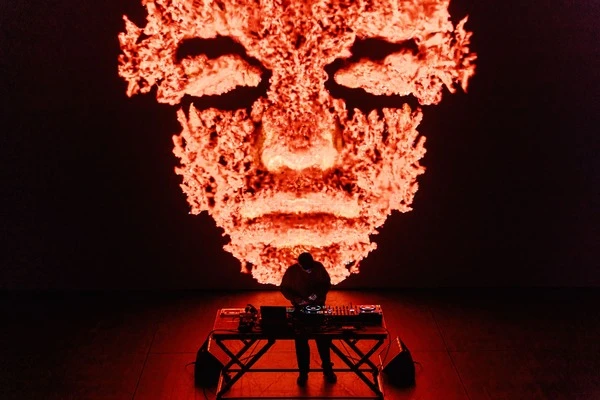
- Date
- 03 OCTOBER 2023
- Author
- GLORIA MARIA CAPPELLETTI
- Image by
- LOREM
- Categories
- Music
Dreams, Data, and Digital Realities: An Interview with Lorem
In occasion of the Smart Life Festival, we had the privilege to sit down with Lorem, an artist who stands at the forefront of a groundbreaking fusion between human consciousness and algorithmic processes, creating art that transcends conventional boundaries. Lorem shared with us the genesis of their fascination with this intricate relationship and how it has evolved over the years.
In 2016, when many were just scratching the surface of machine learning, Lorem embarked on a journey to explore the emotional nuances and states of consciousness through the lens of algorithms. Their early experiments focused on statistical operations, creating a distorted mirror of reality that revealed the beauty in the interstices between collected data. As time passed, Lorem's fascination with narrative potentialities of technology grew, leading to the creation of captivating projects like "Adversarial Feelings," "Tesh," and "Distrust Everything."
Lorem's work grapples with the evolving nature of truth and narrative in the digital age. They believe we stand at a crossroads, where the concept of authenticity is being redefined, and the malleability of truth is more pronounced than ever before. This shifting landscape presents artists with a diverse palette of tools to explore and create in a space where multiple truths coexist.
The fusion of oneiric elements with hyper-technological materials is a signature aspect of Lorem's work. This juxtaposition stems from a keen observation of the intersection between raw human emotion and our interactions with machines, creating a visual and emotional tension that is both captivating and thought-provoking.
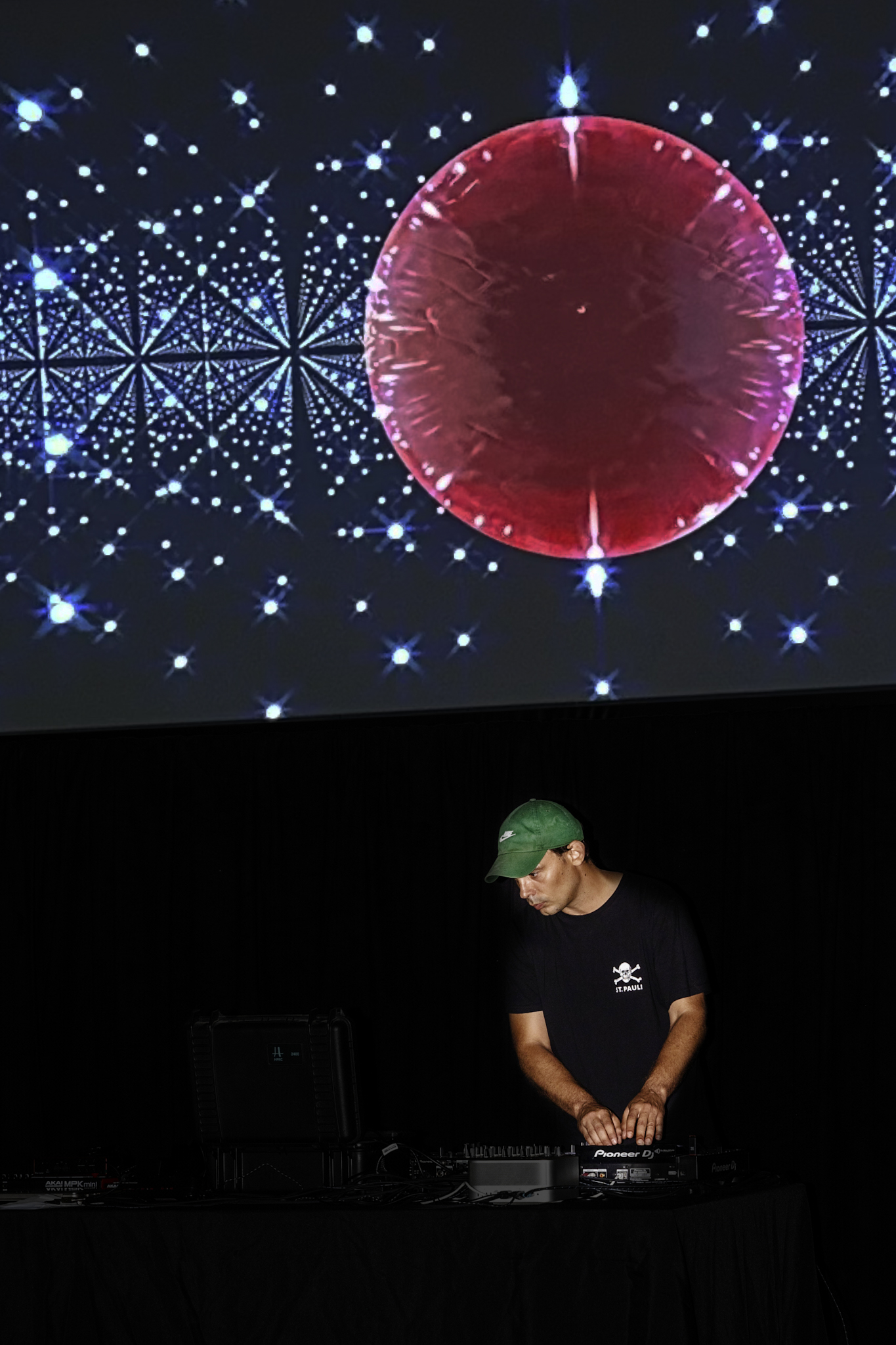
Your work delves into the intricate relationship between human consciousness and algorithmic processes. Could you share with us the genesis of this fascination and how it has evolved over the years?
When I began experimenting with machine learning in music and image production, it was 2016. But I wasn't trying to create generative art or autonomous behaviors. The algorithms, and neural networks in particular, allowed me to perform statistical operations on the datasets I built. It was more about observing emotions and states of consciousness as mirrored by a distorted lens. It was about gazing in between things I was collecting. There's something intriguing about interstices, about seeing a face merge with a plant, or hearing a child's voice become that of his mother through the lens of a machine.
Over time, I began to become increasingly interested in the narrative possibilities of technology, and how these very tools could be used to generate descriptions of speculative states of consciousness (Adversarial Feelings), to interpolate texts from different authors (Tesh), or to generate dreams in the form of original scripts (Distrust Everything).
What shall we expect from your upcoming performance “Tesh”?
The work was born from the encounter with Mirek Hardiker, a friend I met three years ago. We shaped a narrative device from his huge archive of dream reports, laying the foundation for "Distrust Everything" – a 4 channels AV installation. His dream reports were baked through machine learning, to generate “new” dreams. In "Tesh," we delve deeper into this dream world by merging Mirek's dreams dataset with weird fiction and literature. In the datasets there's no distinction between real dreams and narrated ones; everything melds into a singular stream of consciousness. What emerges is a narrative that continues "Distrust," a surreal tale where the trauma of death dances in a story between two realities, echoing between two worlds.
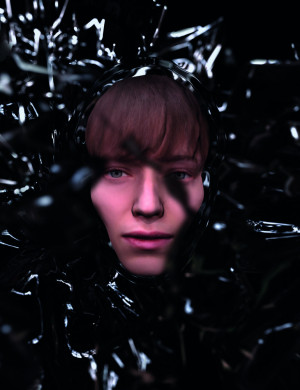
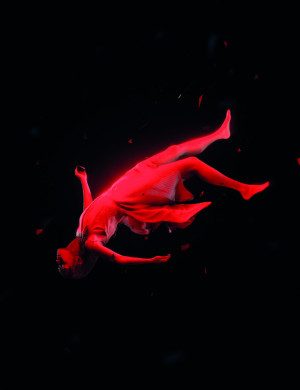
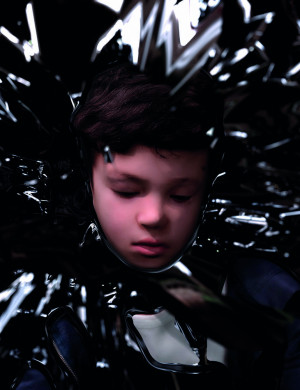
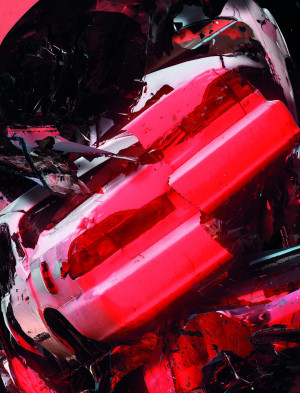
Post-truth and the reshaping of narrative processes seem to be central themes in your art. How do you envision these concepts influencing the future of both artistic expression and technology?
I think we are standing at a crossroads of narrative reinvention. The once-cherished value of authenticity, which dominated artistic and technological narratives for centuries, is rapidly becoming obsolete. Today, the malleability of truth and the way in which technology shapes our perception has become more pronounced. It's not just about what is real or genuine, but rather, it's about what feels resonant in a given context.
Our digital age has blurred the lines between nature and culture, authentic and fabricated, authorship and plagiarism, truth and fiction. It’s exciting, somehow. Art, in its essence, has always been about conveying new meaning and evoking emotions by recombining given elements. In this shifting landscape, we have an expanded palette of tools and media to play with. We're now tasked with navigating a more complex landscape where multiple truths coexist. Artistic expression, in this context, becomes about exploring these multiplicities, about understanding the nuances between various realities and perhaps, about creating new ones.
The juxtaposition of oneiric elements with hyper-technological materials is a hallmark of your work. What inspired this merging of seemingly disparate worlds?
We live in a time where technology permeates every facet of our lives, yet the human psyche remains a repository of ancient dreams, myths, and archetypes. My inspiration to merge these worlds comes from observing everyday life. We are constantly oscillating between moments of raw, human emotion and our engagements with machines and digital interfaces. There's a strange beauty in this juxtaposition, and I wanted to capture the tension, the harmony, and sometimes the discord that arises from it.
and what emotions or reactions do you hope to evoke in your audience?
In general, I strive to establish an asymmetrical relationship with the audience. Initially, I present the viewer with a calculated experience that is visceral, almost violent in its approach based on an overload of stimuli. This is by design. By crafting an overpowering experience that leaves no room for real-time interaction, I intentionally displace the audience to experience the story from a given perspective.
However, this initial onslaught is just the beginning. Embedded within this experience are subtle cues, hints, and layers that are not immediately apparent. Once the immediate experience concludes, the more curious members of the audience have the opportunity to dive deeper, and I explicitly demand in my work their decoding act. They can start to deconstruct, interpret, and, in a sense, 'converse' with the piece. The clues allow for a multitude of interpretations, colored by each individual's personal experiences, biases, and emotions. It becomes less about what I intended as an artist and more about what the viewer extracts from it.
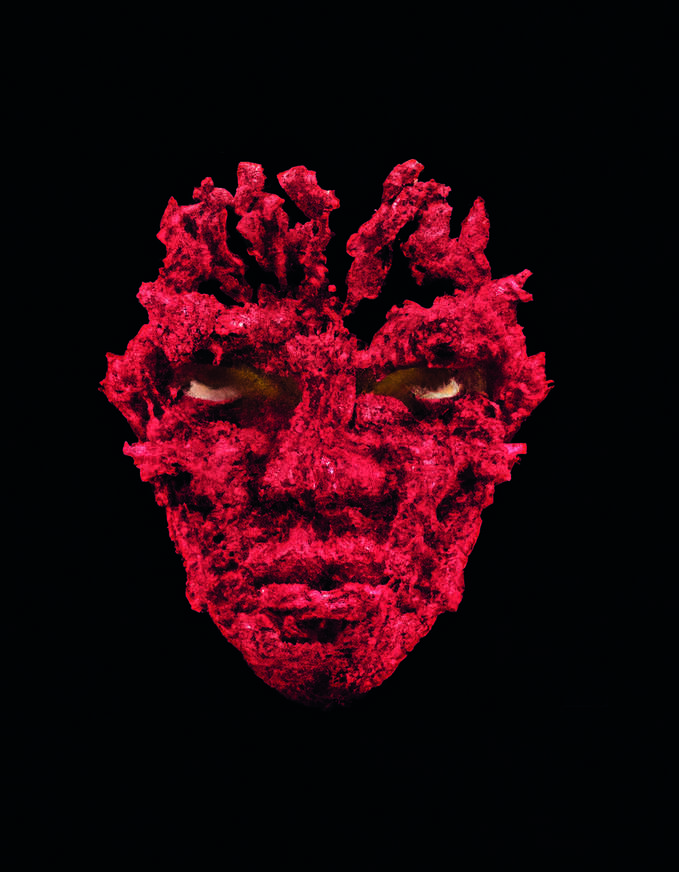
You've been at the forefront of AI research for a considerable span of time. How have you witnessed the evolution of AI and its impact on the creative process? Are there particular breakthroughs or moments that stand out to you?
Having been immersed in AI research for quite some time, I've witnessed its evolution firsthand — until its pervasive impact on virtually every domain, including the creative process. The progression has been nothing short of transformative. The introduction of Generative Adversarial Networks (GANs) was a crucial moment for me. These networks, capable of reinterpreting artworks, music, or any form of content, opened up a new frontier for artistic expression. It blurred the lines between human-made and machine-made, challenging our traditional notions of creativity.
Several pivotal moments punctuate this journey. However, while there have been many technological breakthroughs, the introduction of models like LLM indeed dropped the AI discussion into mainstream discourse. But with greater accessibility and popularization, there comes a double-edged sword. On the one hand, it's marvelous that so many individuals, even those outside the technical sphere, are now engaging with AI concepts. On the other, there's a big risk. While models like LLM have democratized machine learning to some extent, they've also propagated a somewhat superficial understanding of it. When these highly advanced models are taken as the sole representation of what AI can achieve, there's a danger of reducing the vast and varied landscape of AI to a set standard and a codified aesthetics. Instead of exploring the diverse capabilities and applications of AI, there's a tendency to coalesce around what's most popular or immediately accessible. This 'flattening' can inadvertently stifle creativity and innovation, boxing us into a narrower view of what AI can and should be.
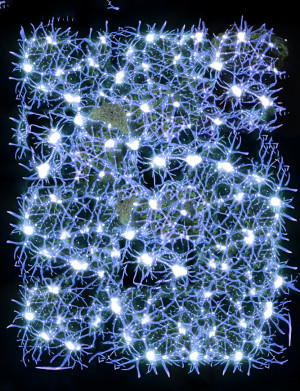
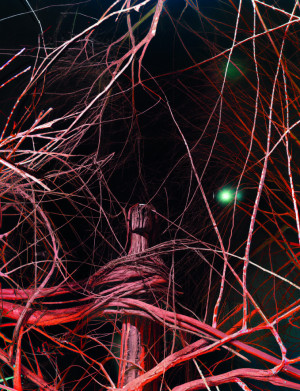
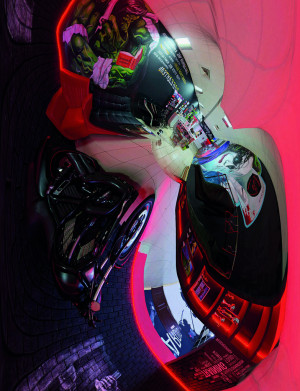
Imagination plays a crucial role in your work, offering a reprieve from the burdens of realism. How do you nurture and cultivate your own imaginative faculties, especially in an age dominated by data and algorithms?
The fact is, as you say, the world we live in is not only dominated by algorithms and technology but also by a technical and hyper-realistic way of thinking that I find cynical, normative, and extremely violent. The dramatic situation in which we find ourselves socially, culturally, and politically seems to almost impose a realistic viewpoint. It's a fatalistic way of seeing things, pushing us to believe that reality is there in front of us, inevitably given — in Italian, not by chance, the word “data" means “given”. Yet, it seems equally evident to me that there isn't much that's real about the reality we live in! What we call reality is entirely mediated by our experience and imagination, and its narration is a battlefield.
I like to think that imagination, in some way, is an act of resistance — a way to reject a view of the world that isn't THE world and certainly isn't the best of all possible perspectives.
As a pioneer in the field of AI-driven art, what advice would you offer to aspiring artists and researchers who seek to bridge the gap between technology and creativity in their own work?
A slightly technical piece of advice: work (at least in the beginning) with small models that you can train from scratch to gradually understand their limitations and operations. And populate them with your own datasets.
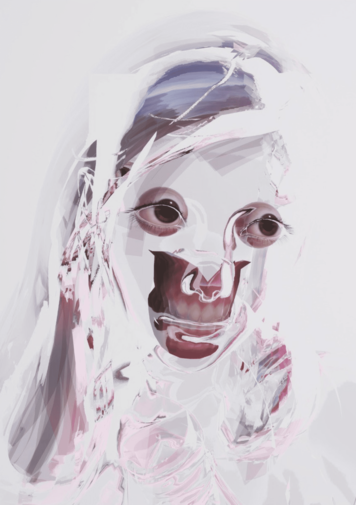
AI-Generated text edited and curated by Gloria Maria Cappelletti, editor in chief, RED-EYE
Link to the Virtual Editorial Experience
All images by Lorem